

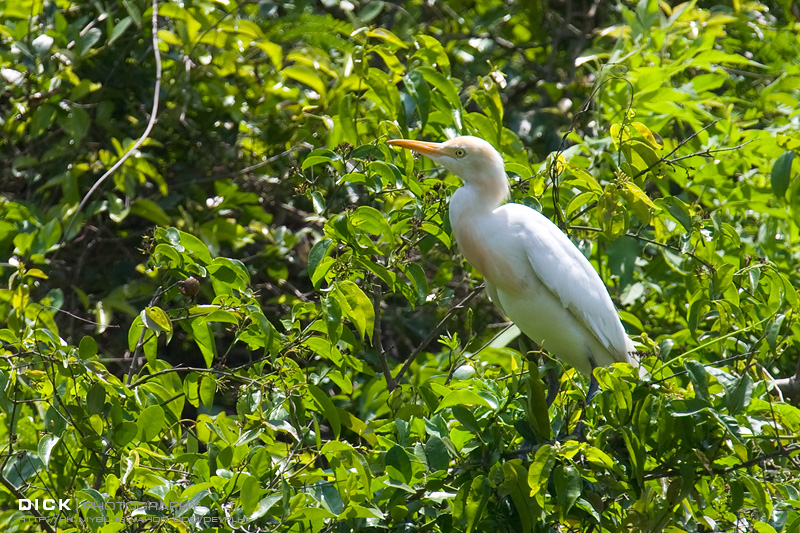

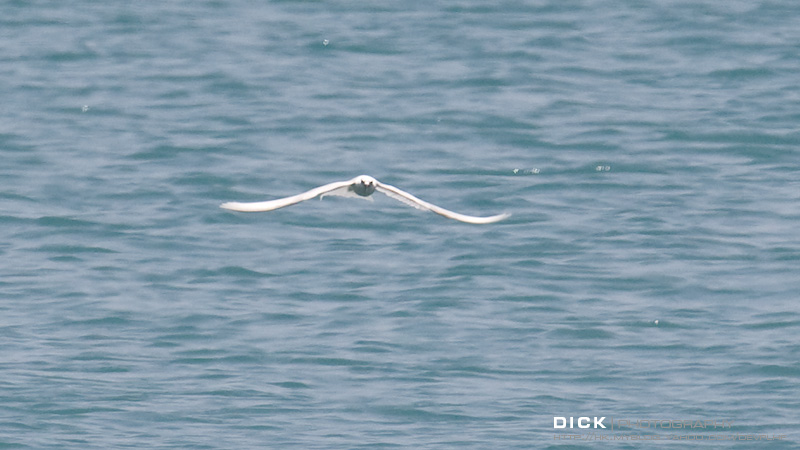









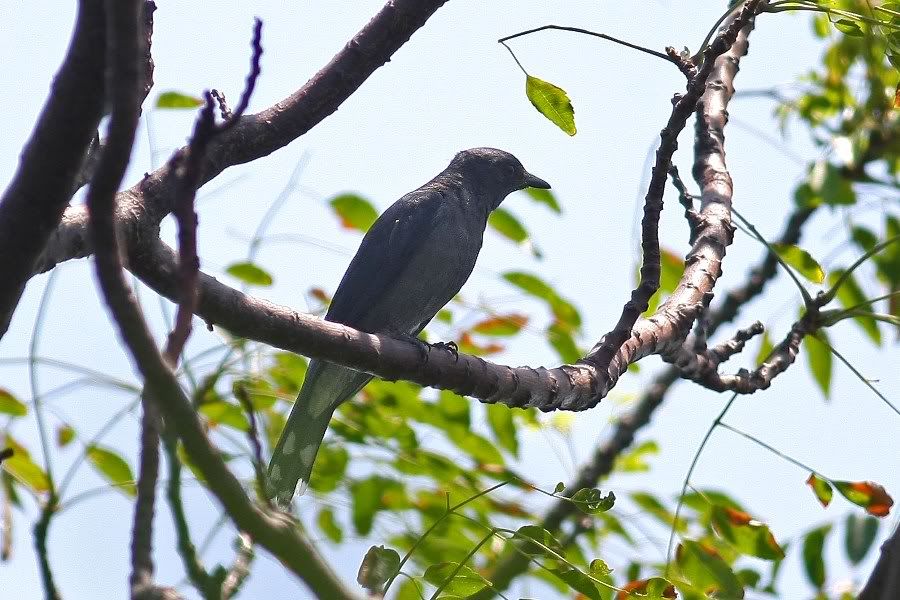
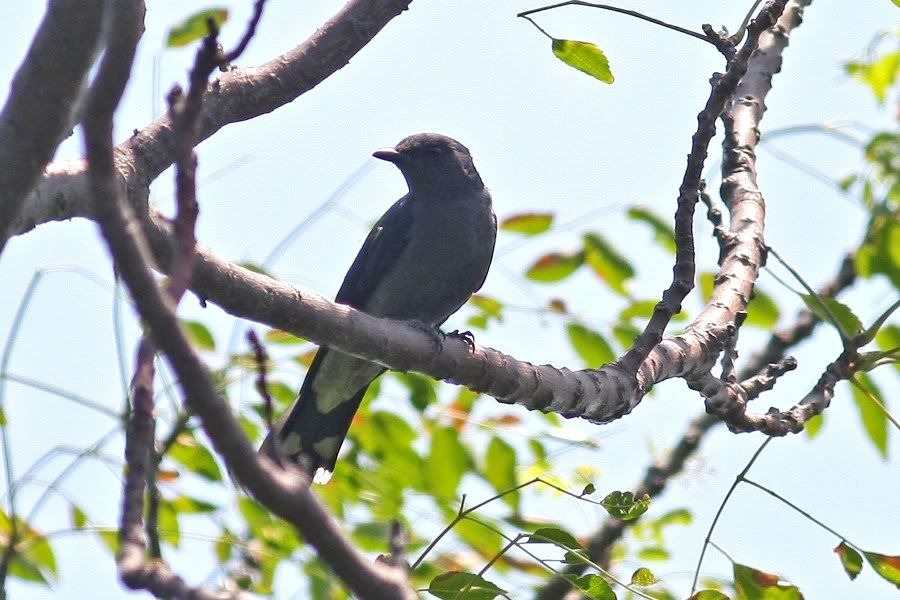
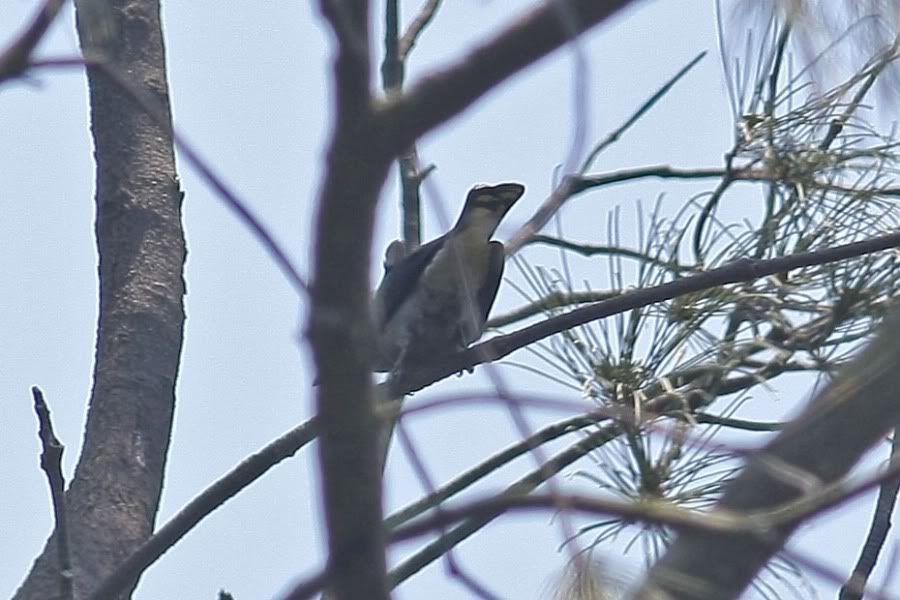
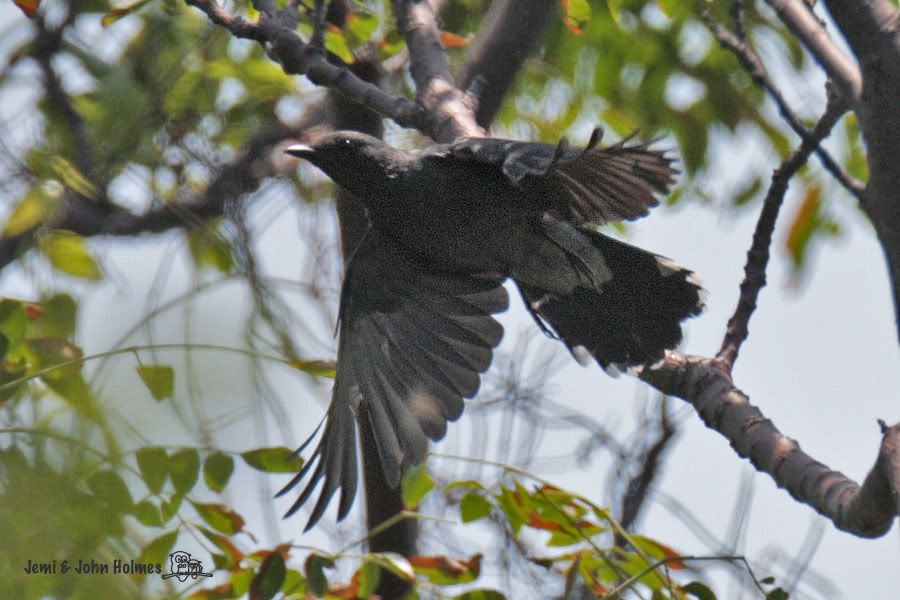



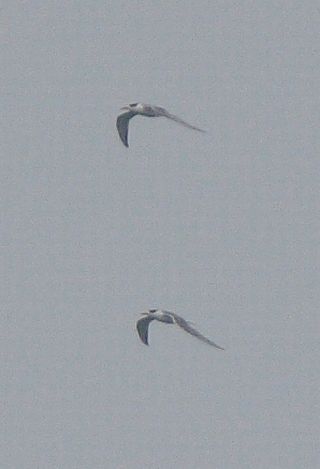



Original posted by lpaul at 22/05/2009 14:14
Is there any chance we can split this topic, say by month. It now seems to take an age before the page fully loads, and photos from the first week of March are 'old news' by now!









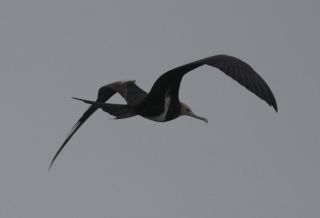



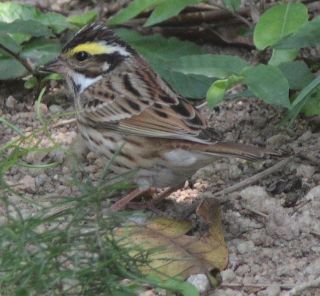





| Welcome to HKBWS Forum 香港觀鳥會討論區 (http://hkbws.org.hk/BBS/) | Powered by Discuz! 6.0.0 |